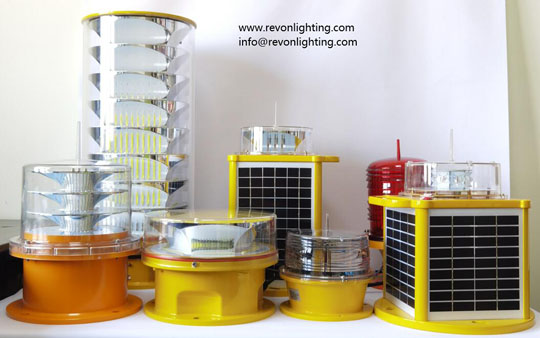Obstruction of light can occur due to a variety of reasons, such as natural phenomena, objects in the path of light, or human-made structures. This article aims to provide an understanding of what obstruction of light is and its effects on our daily lives.
What is Obstruction of Light?
Obstruction of light refers to the blockage or interruption of light rays from reaching their intended destination. This can happen due to various causes, including clouds, shadows, buildings, trees, or other objects that get in the way of light. In some cases, obstruction of light can be intentional, like using blinds or curtains to control the amount of light entering a room.
Effects of Obstruction of Light:
The obstruction of light can have several effects on our daily lives. For example, it can affect visibility, leading to reduced contrast and color perception. It can also impact plant growth, as plants require sufficient sunlight to photosynthesize and produce energy. Furthermore, obstruction of light can affect our mood and well-being, as exposure to natural light has been linked to improved mental health and sleep quality.

Types of Obstruction of Light:
There are different types of obstruction of light that can occur, depending on the cause. For instance, atmospheric obstruction occurs when light rays are scattered by particles in the atmosphere, resulting in hazy or diffused light. Similarly, shadow obstruction occurs when objects create a shadow that blocks light from reaching a particular area. Another type of obstruction is structural obstruction, which results from man-made structures like tall buildings or bridges that prevent light from reaching certain areas.
| Obstruction of light | obstruction lights |
Conclusion:
Obstruction of light is a common phenomenon that can occur naturally or artificially. While it may seem insignificant, it can have significant effects on our daily lives, such as reducing visibility, affecting plant growth, and impacting our mood and well-being. Understanding the different types of obstruction of light can help us take steps to mitigate these effects and make the most of our environment.